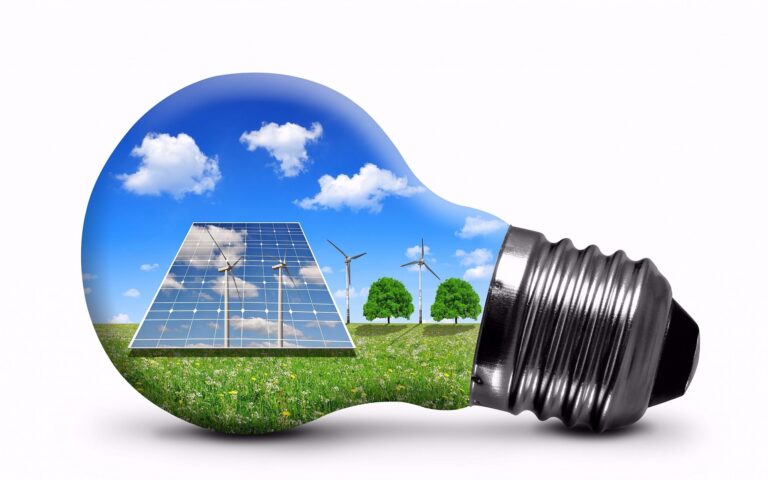The IEA’s World Energy Outlook 2023 has been released and its findings about Southeast Asia are as follows-
Clean energy transitions in Southeast Asia, supported by the JETP programme, will reshape power systems and help to strengthen energy security. Establishing markets and mechanisms for renewables deployment, scaling up clean energy investment and limiting coal-fired power will be crucial in the period to 2030. Integrating rising wind and solar PV capacity into electricity systems will become an increasingly central task after 2030, as their share of the overall generation mix rises from 20% in 2030 to over 50% in 2050 in the APS, compared with just 5% in 2022
Today Southeast Asia relies heavily on coal for electricity generation. Two ambitious Just Energy Transitions Partnerships (JETP) were established in Southeast Asia in 2022, one with Indonesia and another with Viet Nam. The partnerships promise better access to international financing to accelerate transitions away from unabated coal-fired power to help reduce emissions. In Viet Nam, the latest power development plan seeks to reshape its energy system, including by moving away from unabated coal use and by scaling up the use
of low-emissions hydrogen and ammonia in the power sector.
Southeast Asia has emerged as a global hub for clean energy technology manufacturing, with Viet Nam and Indonesia joining the ranks of exporters of equipment such as solar PV modules. However, the race to build industrial capacity risks leading to rapid development of captive coal projects, such as for nickel processing in Indonesia. Overall, clean energy investment in the region was nearly USD 30 billion in 2022, which looks to more than double by the end of this decade. Nevertheless, there is more to do to be on track to deliver longer
term ambitions as reflected in the APS. For this to happen, clean energy investment needs to nearly quadruple by 2030 and continue rising afterwards. Investment on this scale in the APS leads to solar power increasing almost sixfold by 2030 and to coal-fired power generation halving by 2050 from 2022 levels, reducing overall CO2 emissions by over 40%, even as the region’s economy grows by well over two-and-half-times larger.
Viet Nam’s Power Development Plan (PDP) 8, approved in May 2022, sets out its increased ambition and details a pathway for power sector development to 2030. It also includes a longer term vision to 2050. In line with JETP commitments, coal-fired capacity is planned to peak at about 30 GW in 2030, down from 55 GW in the previous PDP. Beyond 2030, coal plants would have to close when they are 40 years old unless converted to run on ammonia or biomass. Significantly raising the share of variable renewables in the electricity mix is
another key component of the plan, and is accompanied by a recognition that substantial investment in grids is needed to make this work. Offshore wind is planned to play an important role, reflecting the fact that Viet Nam is home to some of the best offshore wind resources in Southeast Asia.

